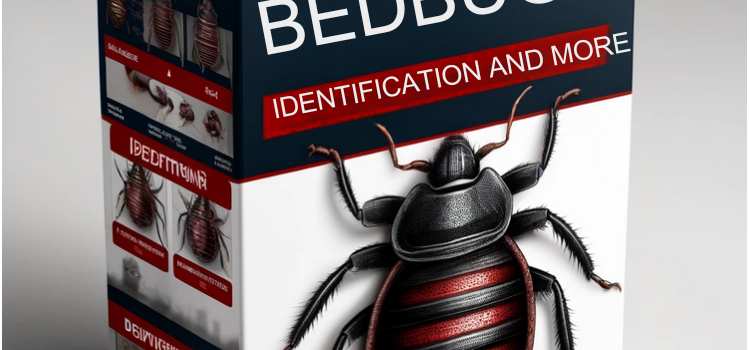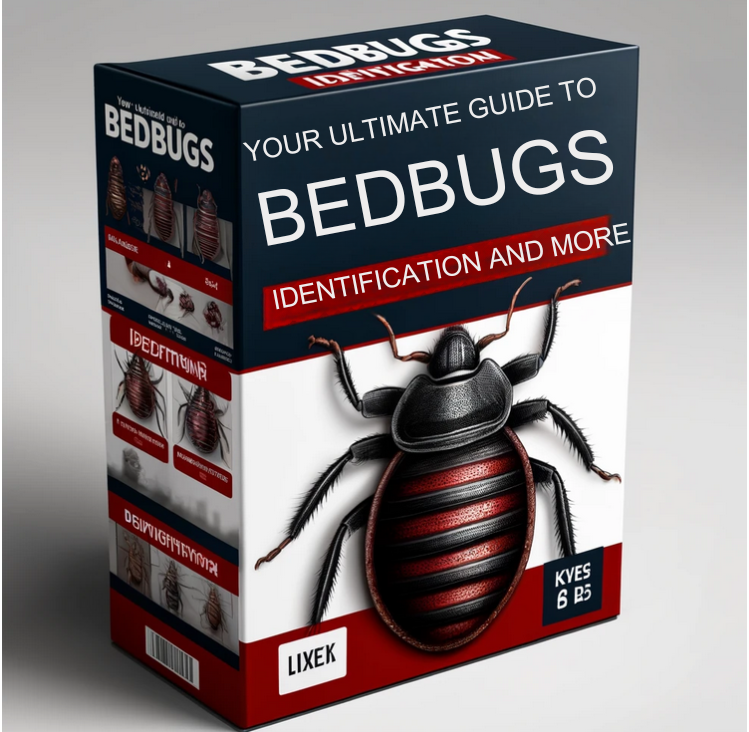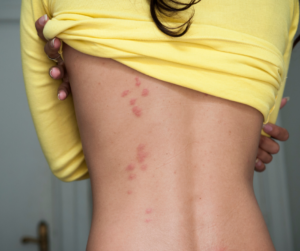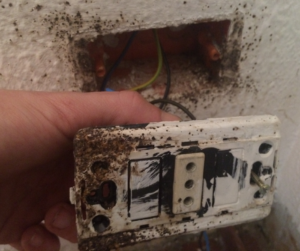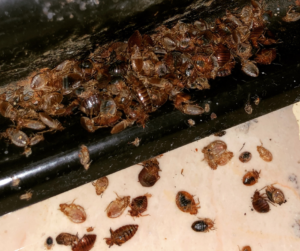Bedbug Identification
Bedbugs are a growing concern in households worldwide. These tiny pests can cause significant discomfort and are notoriously difficult to eliminate. Early identification is key to addressing an infestation before it becomes unmanageable. This ultimate guide will help you understand how to identify bedbugs, recognize the signs of an infestation, and take the necessary steps to protect your home.
What Are Bedbugs?
Bedbugs are small, oval-shaped insects that feed on the blood of humans and animals. They are nocturnal creatures, meaning they are most active at night. Adult bedbugs are approximately 5-7 mm long, reddish-brown, and flat-bodied, making it easy for them to hide in cracks and crevices. Bedbug eggs are tiny, about the size of a pinhead, and are white or translucent.
Signs of a Bedbug Infestation
1. Bites on Your Skin
One of the first signs of a bedbug infestation is the appearance of bites on your skin. These bites are often small, red, and itchy, typically appearing in clusters or lines. Bedbugs usually bite exposed areas of skin while you sleep, such as the face, neck, arms, and hands.
2. Blood Stains on Bedding
After feeding, bedbugs can leave behind small blood stains on your sheets, pillowcases, and mattresses. These stains are usually red or rusty-colored and can be a telltale sign of an infestation.
3. Fecal Spots
Bedbug feces appear as small, dark spots about the size of a dot from a marker. These spots can be found on mattresses, bed frames, headboards, and other furniture near sleeping areas.
4. Shed Skins
As bedbugs grow, they shed their exoskeletons. Finding these pale, translucent skins around your bed, furniture, or in crevices is a strong indicator of their presence.
5. Musty Odor
A heavy bedbug infestation can produce a musty, sweet smell. This odor comes from the bedbugs’ scent glands and is often compared to the smell of almonds or overripe raspberries.
Where to Look for Bedbugs
Bedbugs are excellent at hiding and can fit into the smallest of spaces. Here are some common places to check:
- Mattresses and Box Springs: Look along the seams, tags, and under the mattress.
- Bed Frames and Headboards: Check all joints, crevices, and screw holes.
- Furniture: Inspect cushions, seams, and the undersides of chairs and sofas.
- Walls and Baseboards: Look in cracks, behind wallpaper, and around electrical outlets.
- Luggage and Clothing: Bedbugs can hitch a ride on your belongings, especially after travel.
How to Confirm a Bedbug Infestation
If you suspect a bedbug infestation, it’s essential to act quickly. Here are some steps to confirm their presence:
1. Visual Inspection
Carefully examine the areas mentioned above using a flashlight and magnifying glass. Bedbugs are small but visible to the naked eye.
2. Bedbug Interceptors
Place bedbug interceptors under the legs of your bed and furniture. These devices trap bedbugs, providing clear evidence of an infestation.
3. Professional Inspection
If you’re unsure, consider hiring a pest control professional. They have the experience and tools necessary to detect bedbugs and confirm an infestation.
Preventing Bedbug Infestations
1. Regular Inspections
Regularly inspect your home, especially after traveling or having guests stay over. Early detection is crucial.
2. Protect Your Bed
Use a bedbug-proof mattress encasement to prevent bedbugs from infesting your mattress and box spring.
3. Reduce Clutter
Keep your home tidy and reduce clutter, as it provides hiding places for bedbugs.
4. Be Cautious When Traveling
Inspect hotel rooms for bedbugs and keep luggage elevated on racks away from the bed. When returning home, wash and dry all clothing on high heat immediately.
Conclusion
Bedbugs are a formidable pest, but with careful attention and early detection, you can minimize their impact. By familiarizing yourself with the signs of an infestation and knowing where to look, you can protect your home and family from these unwelcome visitors. If you do find bedbugs, don’t hesitate to contact a professional for assistance. Your vigilance is the first line of defense in keeping bedbugs at bay.
If you suspect a bedbug infestation, it is crucial to seek professional assistance immediately. Bedbugs can quickly spread to other parts of your home, making early intervention essential.

